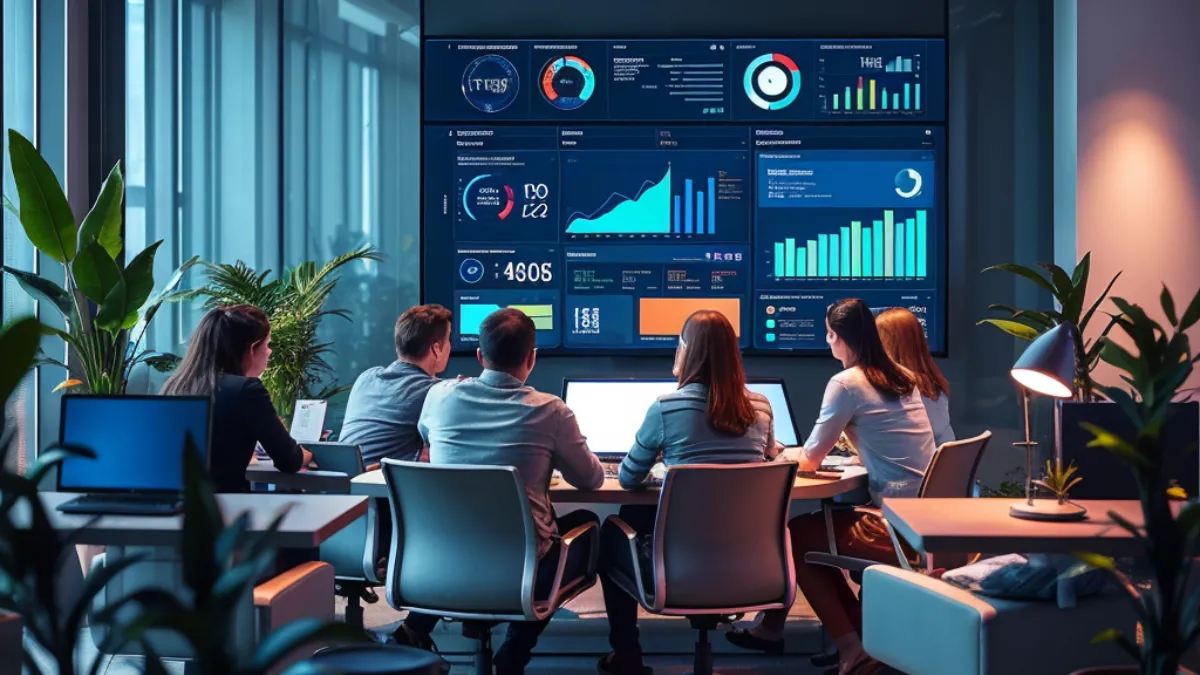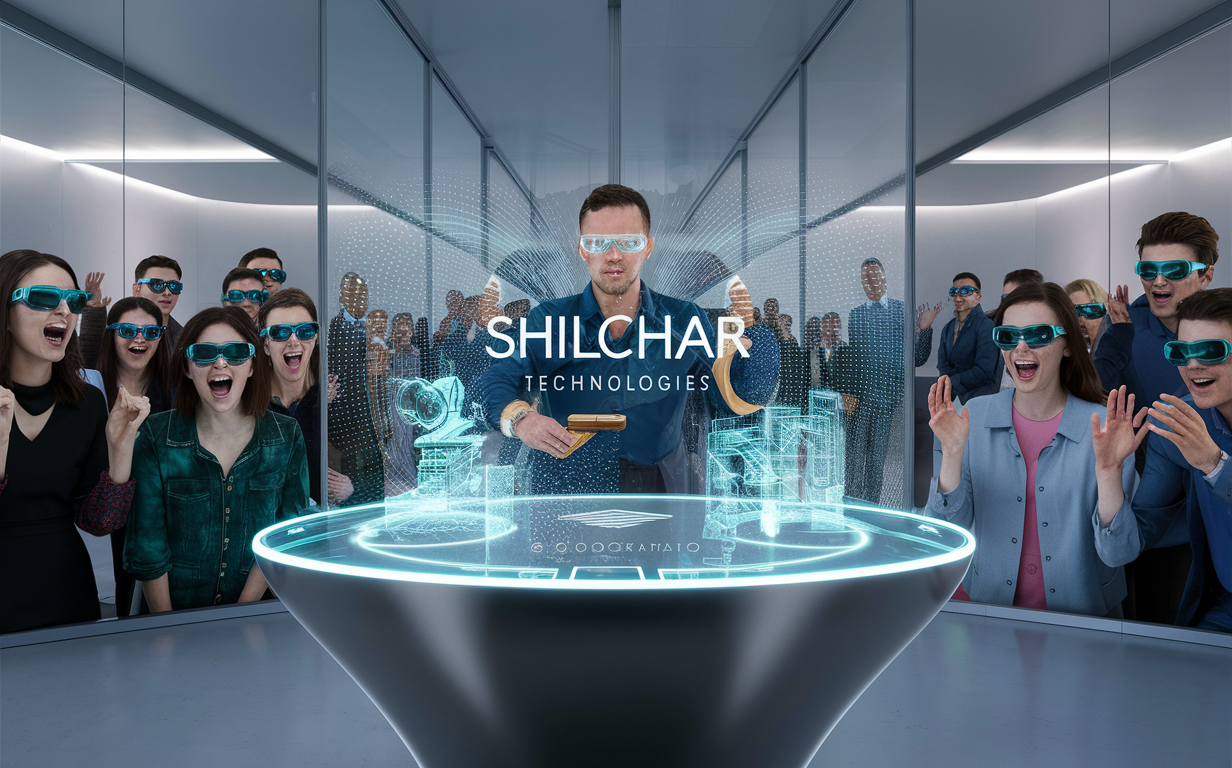Table of Contents
In Space Exploration, the Armstrong Technique and Technology
The Armstrong Technique and Technology, echoing advancements from Adrian Armstrong’s work in fields such as print culture and technical studies, represents a revolutionary breakthrough in space exploration. Drawing from methodologies reminiscent of the poetics in France (1470-1550) and the script traditions observed by scholars at Oxford and Clarendon Press, this approach applies advanced concepts to space missions.
The technology, named after Neil Armstrong, aligns with modern ideas, paralleling the evolution of library archives and research volumes such as 246 pp from de Clarendon Press and ISBN 2000 publications. Such innovations as category links and reference tools enhance mission preview capabilities, offering a refined, larger central perspective. This fusion of literary study with technical innovation reflects an integration of French renaissance sensibilities into the complex domain of space exploration.
How Armstrong Technique and Technology Works
Understanding the Basics
The Armstrong Technique and Technology stand as a solid argument in modern space exploration, incorporating insights from medieval studies and early printed books like Jean Lemaire’s works and the Temple d’Honneur et de Vertus.
With each mission, astronauts and scholars experience a journey through script and print history, where reliable comparison tools and visual layout applications enhance understanding. The system proves largely effective by integrating elements of poetry, linguistic analysis, and technical advancements.
It offers a broader context and reception in deep space exploration, much like studying poetics within the court and library settings.
Advanced Propulsion Systems
One of the critical components of the Armstrong Technique is its advanced propulsion systems. Drawing on the transition from manuscript techniques observed in print culture and scholarship, these systems allow missions to produce substantial output with minimized fuel requirements.
Like early printed text, these propulsion systems are competitive and reliable, enhancing mission range and efficiency. The refined technical facility aims for sustainable production and reduces resource demands, reflecting solid printing traditions.
Improved Spacecraft Design
The Armstrong Technique emphasizes improved spacecraft design inspired by library structures and the layout of printed books. While lighter and aerodynamic, these designs retain a visual style akin to literary works.
Like French poetry and wordplay, this design approach ensures agility while rendering a robust outer structure that can withstand harsh conditions. The technology even takes cues from Adrian Armstrong’s early modern studies, where variation and integration define space mission success.
Enhanced Navigation Tools
Navigation is crucial, much like text flow in literary manuscripts. Here, the Armstrong Technique applies insights from central medieval scholarship, using modern algorithms with precision. As Adrian Armstrong’s scholarship advocates, this fusion between poetics and space navigation connects past and present.
The preview and comment features enrich astronaut capabilities, akin to navigating visual arguments within Oxford’s archives. Astronauts use reference materials and download data like a scholar’s library, giving a broader view of mission decisions.
Impact on Space Exploration
Expanding the Horizons
By broadening our perspectives, the Armstrong Technique and Technology have the potential to transform space exploration completely. With advanced propulsion systems, improved spacecraft design, and enhanced navigation tools, we can explore previously out-of-reach regions of space. This opens up new directions for science and increases the likelihood that humans will colonize other planets.
New Discoveries
One of the most exciting aspects of the Armstrong Technique and Technology is the potential for discoveries. We can investigate far-off planets, moons, and asteroids by enabling missions to travel farther and quicker. This may result in finding fresh resources—like water and minerals—that will be needed for upcoming space voyages and possible settlement.
Human Colonization
The Armstrong Technique and Technology also play a crucial role in potentially colonizing other planets. Modern propulsion technologies combined with improved spaceship architecture can be used to build missions that safely transport humans to distant planets. This increases the likelihood that humans will colonize Mars, the Moon, and different worlds.
Also Read: Tulsa Tech Blackboard: Unlock Secrets to Thriving in Class
Latest Exciting Updates and Reveals

Recent Developments
The Armstrong Technique and Technology have recently seen several exciting updates and reveals. These developments pave the way for more ambitious space missions and outstanding achievements in space exploration.
New Missions
The Armstrong Technique and Technology are being used to plan several new missions. These missions seek to investigate far-off planets, research asteroids, and conduct space experiments. A trip to Mars is one of the most eagerly awaited missions to search for evidence of extant or former life.
Technological Progress
Recent technological breakthroughs have significantly improved the Armstrong Technique and Technology. These include creating more effective propulsion systems, better spacecraft materials, and better navigational aids. Thanks to these developments, space travel is now safer, more effective, and more accessible.
Collaborative Efforts
Collaboration between commercial businesses and space organizations has also increased because of the Armstrong Technique and Technology. The creation of new technologies is accelerated, and this collaboration drives innovation. These groups can combine their resources and knowledge to further space exploration through cooperative efforts.
The technology and Armstrong Technique are genuinely transforming space travel. By utilizing cutting-edge propulsion systems, better spaceship designs, and improved navigational aids, we are expanding the realm of feasible space travel. Space exploration looks to have a more hopeful future thanks to this technology’s continuous advancement and enhancement.




